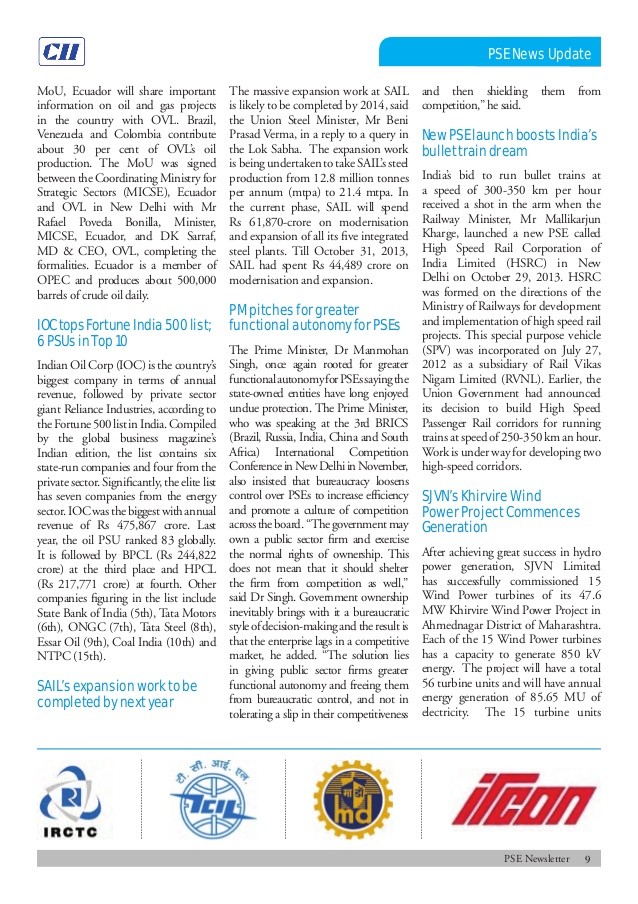CPSU ETF Are the rewards worth the high risk
Post on: 27 Март, 2015 No Comment

Other Articles
The first CPSU ETF — launched in March, nearly two years after it was first mooted — has been a roaring success so far. The government selected Goldman Sachs Mutual Fund to run this specialised exchange-traded fund (ETF) for public sector stocks, which it called the Central Public Sector Enterprises (CPSE) ETF.
An ETF is where buying and selling happens between investors through the exchange, unlike in cases of open-ended mutual fund schemes where the trading takes place between asset management companies (AMCs) and unit holders. Though this is a kind of mutual fund scheme (as both MF and ETF are pool funds), this is more like a thematic fund, where concentration of the portfolio is linked to the government, unlike in traditional thematic funds where a particular sector is targeted while floating the scheme; hence, it is subject to higher risk than diversified equity MF schemes.
The first CPSE ETF comprised 10 public sector companies — Coal India, GAIL, ONGC, Indian Oil, Bharat Electronics, Oil India, PFC, REC, Container Corp and Engineers India. The key selling proposition was that it would help diversify investments into different blue-chip government companies, thereby reducing the risk concentration to one company if opted through the OFS or FPO routes.
The schemes offered 5% discount to retail investors and loyalty bonus of one unit for every 15 units held for more than a year from the date of the closing of NFO. These PSU companies are also high dividend paying companies, ranging between 2-4% — a yield that effectively translates into gain of 8-10% (without considering the price growth).
ETF investing also offers some added advantages over MF investing, such as lower expense ratio than diversified equity funds, as ETFs are passive funds and fund managers are not required to churn the portfolio often to beat the benchmark. Hence, the lower turnover ratio leads to better rewards as it saves taxes and other expenses. NAV prices are declared at the end of the day in case of mutual funds, but ETFs prices are available on real-time basis during market hours.

The CPSE ETF has gained over 30% in the last eight months. It is essential to note that the bulk of CPSU portfolios comprise energy stocks like IOC, Coal India, ONGC and OIL, among others, which have performed well due to gas price hikes, diesel de-control and fall in crude prices.
The forthcoming disinvestment in Special Undertaking Unit Trust of India (SUUTI) through the ETF route is likely to hit the market by end of the current financial year in a closed-ended structure, and not the open-ended format in case of the previous disinvestment programme through ETF.
There is an increase in the investor interest in CPSE ETF and the future government disinvestment programme, if routed through ETF, may attract a similar response. However, we believe that the risk in CPSE ETF investing is higher than that associated with a diversified open-ended equity scheme, though the risk-reward ratio may shift in the favour of retail investors, if the government offers sops similar to what was done when it had launched the first CPSE ETF in March this year. This, thus, presents an interesting choice for retail investors to consider.














